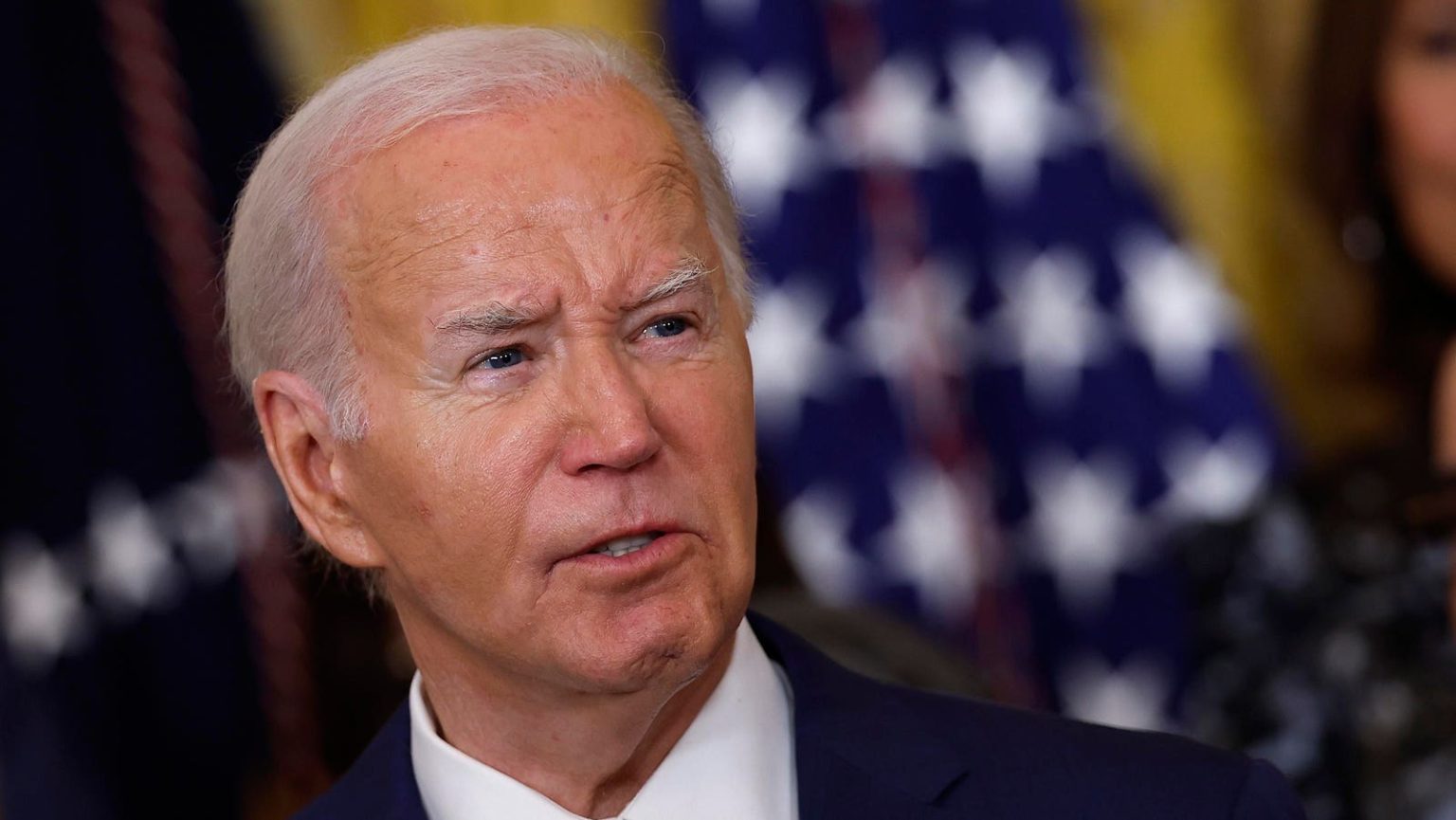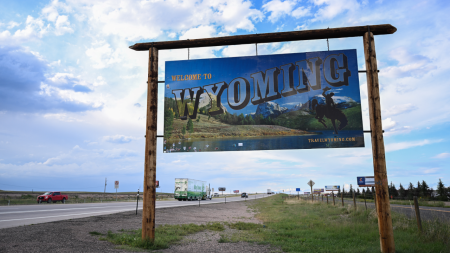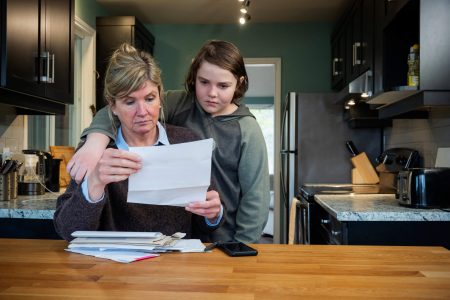A landmark Biden administration initiative to lower payments and accelerate student loan forgiveness for millions of borrowers is in serious danger following two separate court rulings on Monday.
The Education Department unveiled the Saving on a Valuable Education plan last fall. SAVE, touted as the most affordable income-driven repayment plan ever created, provides lower payments, an unprecedented subsidy that halts runaway interest, and fast-tracked student loan forgiveness in as little as 10 years (rather than the usual 20 or 25 years that other IDR plans allow) for certain borrowers.
But following two separate legal challenges brought by a coalition of more than a dozen Republican-led states, two judges have now blocked key aspects of SAVE. And while the millions of borrowers currently enrolled in the program aren’t immediately getting kicked out of the plan, SAVE is now in very serious jeopardy.
The State Of Biden’s Key Student Loan Forgiveness And Repayment Plan
The Biden administation had been rolling out the benefits of SAVE in stages. When the Education Department first unveiled SAVE last fall, it allowed borrowers to access some — but not all — of the available benefits. These included a higher income exemption limit (which allows borrowers to earn more income while not being subject to a repayment obligation), expanded marital tax filing flexibilities compared to its predecessor IDR plan, and a generous subsidy that periodically eliminates interest accrual that exceeds a borrower’s monthly payment, ending a pattern of negative amortization that often resulted in ballooning balances. More than eight million borrowers have enrolled in SAVE since then.
Next, in January, the administration began implementing accelerated student loan forgiveness. While SAVE typically allows for loan forgiveness after 20 or 25 years like other IDR plans, borrowers who took out $12,000 or less in student loans could receive debt cancellation in 10 years, with that repayment term increasing by one year for every additional $1,000 borrowed. More than 400,000 borrowers have received student loan forgiveness under this provision so far.
Starting in July, the final phase of SAVE was expected to be implemented. This last step would change the repayment formula for SAVE, slashing payments for undergraduate borrowers by up to 50 percent and reducing the payments for millions of others as well.
Judge In Missouri Blocks More Student Loan Forgiveness Under SAVE
The coalitions of Republican-led states in both legal challenges argued that the Biden administration exceeded what Congress had originally authorized when it enacted such generous repayment and loan forgiveness terms under SAVE. They are seeking to block the program entirely.
As a first step, the states — in one suit, led by Missouri — filed a request for a preliminary injunction. This is an order that would temporarily halt the program while the litigation continues.
On Monday, a federal judge in Missouri agreed to enter a partial preliminary injunction. Specifically, the judge ordered a stop to any additional student loan forgiveness under the accelerated feature of the SAVE program. However, the judge allowed the remainder of the SAVE plan — including the repayment plan formula and interest subsidy — to continue, at least for now.
“Because Plaintiffs have shown that Missouri faces impending harm from any additional loan forgiveness under the Final Rule, the Court finds it necessary to enjoin Defendants from any further implementation of the Final Rule’s loan forgiveness provisions until this matter can be fully litigated,” wrote the judge. “All other aspects of the Final Rule were promulgated properly.”
Missouri is the same state that spearheaded the legal challenge to Biden’s initial mass student loan forgiveness plan that would have wiped out $10,000 or more in student debt for most borrowers. The Supreme Court eventually stepped in, and agreed to overturn the plan last year. Missouri had argued that Biden’s loan forgiveness plans would impact state revenues because of its relationship with MOHELA, a quasi-public state entity that administers billions of dollars in federal student loans. The state relied on similar arguments in its current legal challenge to SAVE.
Judge In Kansas Blocks Lower Payments Under SAVE
Meanwhile, a judge in Kansas handling a separate legal challenge to SAVE brought by different states (led by Kansas) issued a different injunction.
In that case, the court allowed aspects of SAVE that already are in force — including the student loan forgiveness elements — to proceed, concluding that the states waited too long to bring their challenge.
“The equities of this case simply don’t favor unwinding the parts of the SAVE Plan that defendants already have implemented,” wrote the judge. “Plaintiffs waited until defendants already had done so to bring suit. And, because of this delay, plaintiffs have failed to show an irreparable injury from the parts of the SAVE Plan already in effect.”
But the judge allowed an injunction for the remaining elements of SAVE set to go into effect on July 1 — namely, the anticipated reduction in monthly payments under the new repayment formula.
Student Loan Forgiveness And Repayment Plan Benefits Of Save Now In Danger
Advocates for borrowers slammed the two rulings, and the legal challenges that led to them.
“Today’s shocking decision has halted critical access to President Biden’s most affordable repayment plan and denied critical relief to borrowers struggling in repayment for more than a decade,” said Student Borrower Protection Center Deputy Executive Director Persis Yu in a statement on Monday. “The goal of this lawsuit is to keep more borrowers in debt longer, and make it harder for millions of student loan borrowers to feed their families and keep a roof over their heads.”
The SBPC warned that the two rulings could lead to “chaos.” While the eight million borrowers already enrolled in SAVE can remain in the program for now, the plan’s future remains uncertain as the legal process continues. Any of the parties can appeal, and an appellate court could step in and change, expand, or eliminate the existing injunctions.
And because there are now two separate injunctions covering different aspects of the SAVE plan, it increases the chances that the Supreme Court could ultimately get involved. The Supreme Court’s conservative majority expressed hostility toward Biden’s prior attempt at wide-scale student loan relief, making it unlikely that the court would step in save the program.
Read the full article here
















